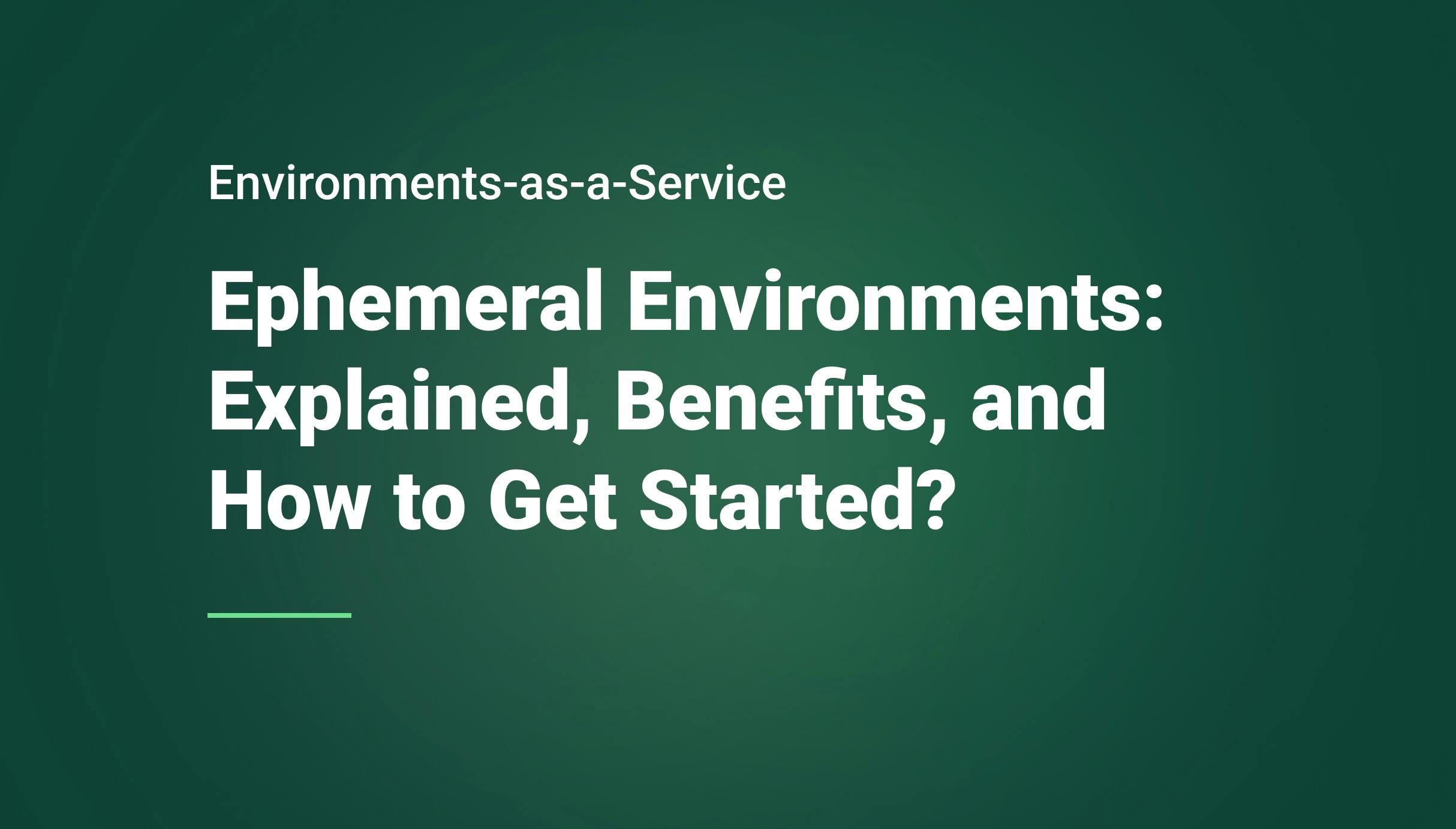Top 10 Ephemeral Environments Solutions in 2024
Demand for robust and user-friendly Ephemeral Environment solutions has surged in 2024. Organizations, in pursuit of efficient software delivery are recognizing the pivotal role these solutions play in accelerating their development pipelines. This comprehensive guide aims to delve into the top ephemeral environment solutions worth considering in 2024, offering a detailed overview of their features, functionalities, and the benefits they bring to the table. By gaining a deeper understanding of these solutions, organizations can make informed decisions that optimize their development workflows, paving the way for enhanced success in their software endeavors.

Morgan Perry
December 12, 2023 · 7 min read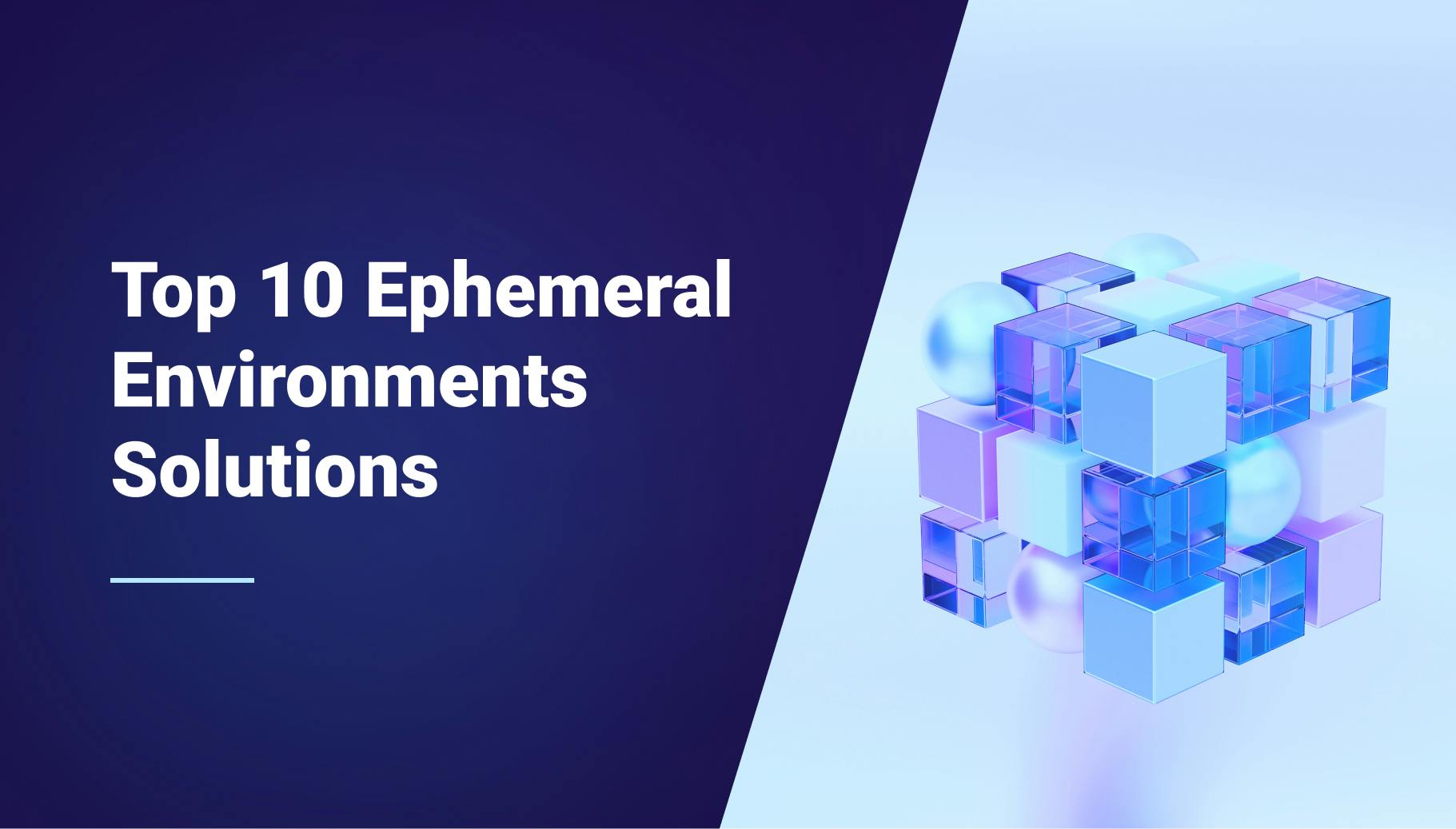
#What Does an Ephemeral Environments Solution Do?
An Ephemeral Environments solution facilitates creating, managing, and disposing of temporary, on-demand environments within the software development lifecycle. These environments mimic production settings and are pivotal in the continuous integration and deployment (CI/CD) process.
Such a solution enables developers to:
- Rapidly Create Environments: It allows quick and automated setup of environments identical to production, ensuring consistency across development, testing, and deployment stages.
- Test and Validate Code Changes: Developers can deploy and test new code changes in isolated environments without affecting the stability of the production system. This allows for thorough testing and validation before merging changes into the main codebase.
- Enable Continuous Integration/Deployment: Ephemeral environments streamline the CI/CD pipeline by providing a controlled space for integrating code changes, running tests, and deploying software iteratively.
- Enhance Collaboration and Feedback: Teams can work collaboratively within these environments, share feedback, and make improvements iteratively, fostering a culture of continuous improvement.
- Minimize Conflicts: By isolating environments, ephemeral solutions minimize conflicts between different stages of software development, ensuring smoother workflows and reducing errors caused by dependencies or conflicting configurations.
- Support Agility and Flexibility: These solutions offer flexibility in scaling resources up or down based on demand, allowing teams to adapt to changing requirements efficiently.
Overall, the Ephemeral Environments solution acts as a catalyst for agile software development, enabling teams to innovate, iterate, and deliver high-quality software at an accelerated pace while maintaining reliability and consistency.
#Top 10 Ephemeral Environments Solutions in 2024
#1. Qovery
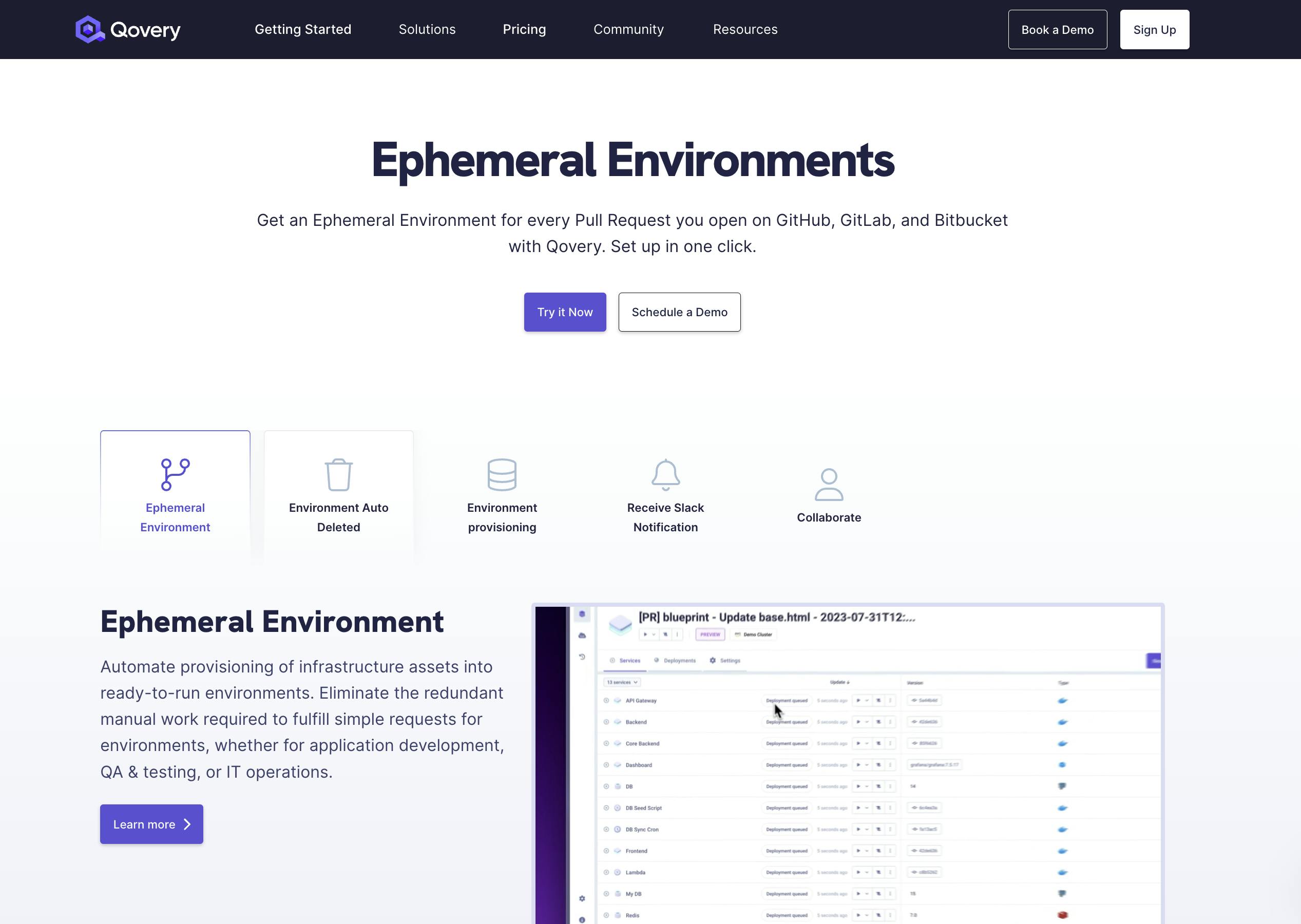
Qovery stands out for its exceptional approach to ephemeral environments, offering a great developer experience in provisioning, deploying, managing, and scaling environments. Specifically tailored for ephemeral use cases, Qovery's unique advantage lies in its developer experience, a great UI, and automatic environment provisioning based on code commits, ensuring that each code change triggers an ephemeral environment creation, allowing for swift testing and validation before integration. Moreover, its advanced resource optimization algorithms dynamically allocate resources within these environments, optimizing performance without compromising efficiency. Qovery integrates seamlessly with various CI/CD pipelines, making it an ideal choice for teams seeking a versatile ephemeral environment solution.
#2. Shipyard

Shipyard emphasizes high availability and reliability within ephemeral environments, catering to teams that prioritize stability in their testing and deployment processes. Its streamlined interface and straightforward setup make it an accessible choice for developers looking to create ephemeral environments quickly. Shipyard’s focus on security and compliance aligns well with industry standards, ensuring a secure environment setup for development teams.
#3. Release
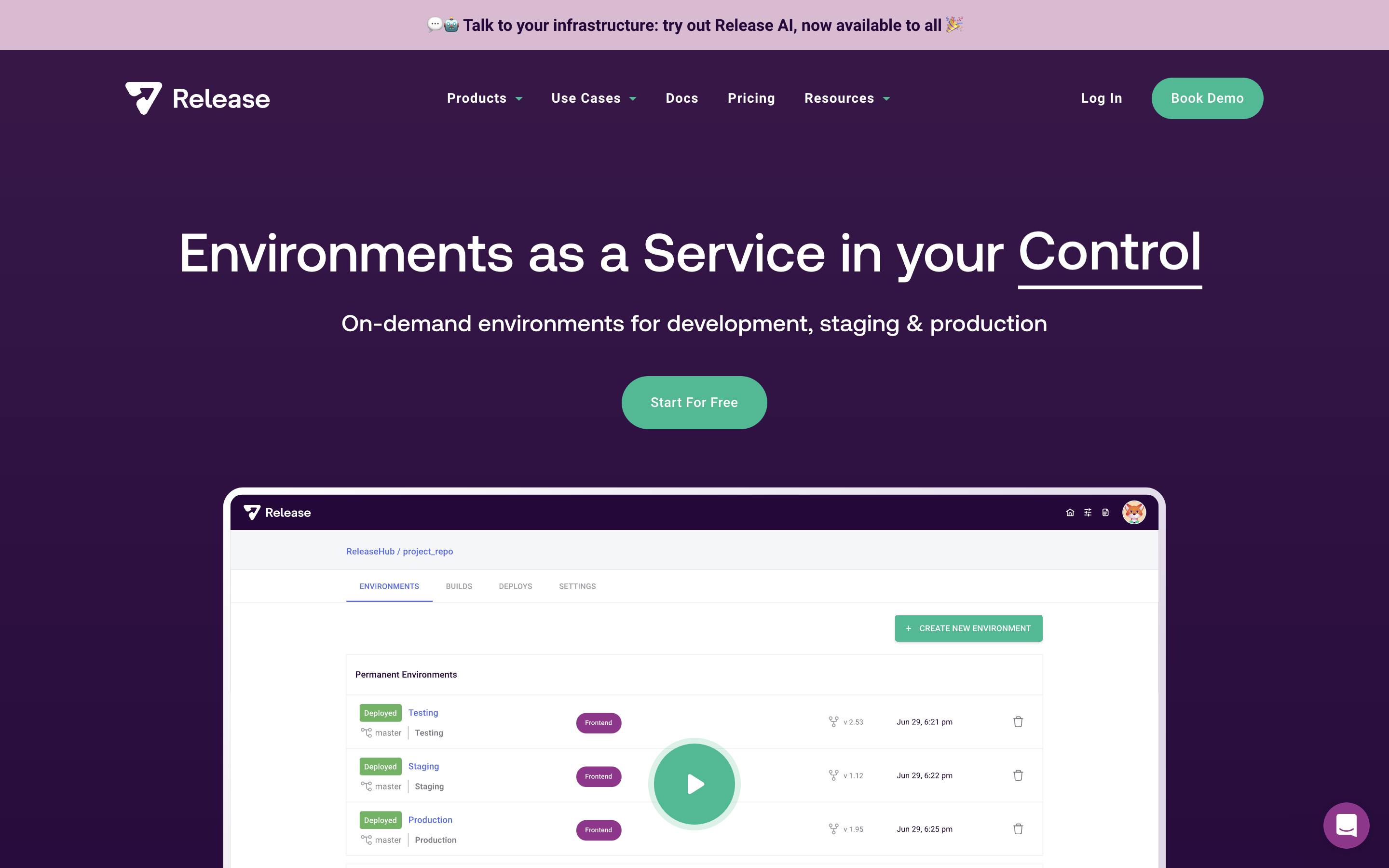
Release provides comprehensive customization capabilities in creating ephemeral environments, allowing developers to tailor configurations to match specific use cases. Its focus remains on empowering teams with flexibility in resource allocation and environment settings while ensuring consistent performance and reliability. Also, Release can be integrated with various CI/CD pipelines.
#4. Bunnyshell
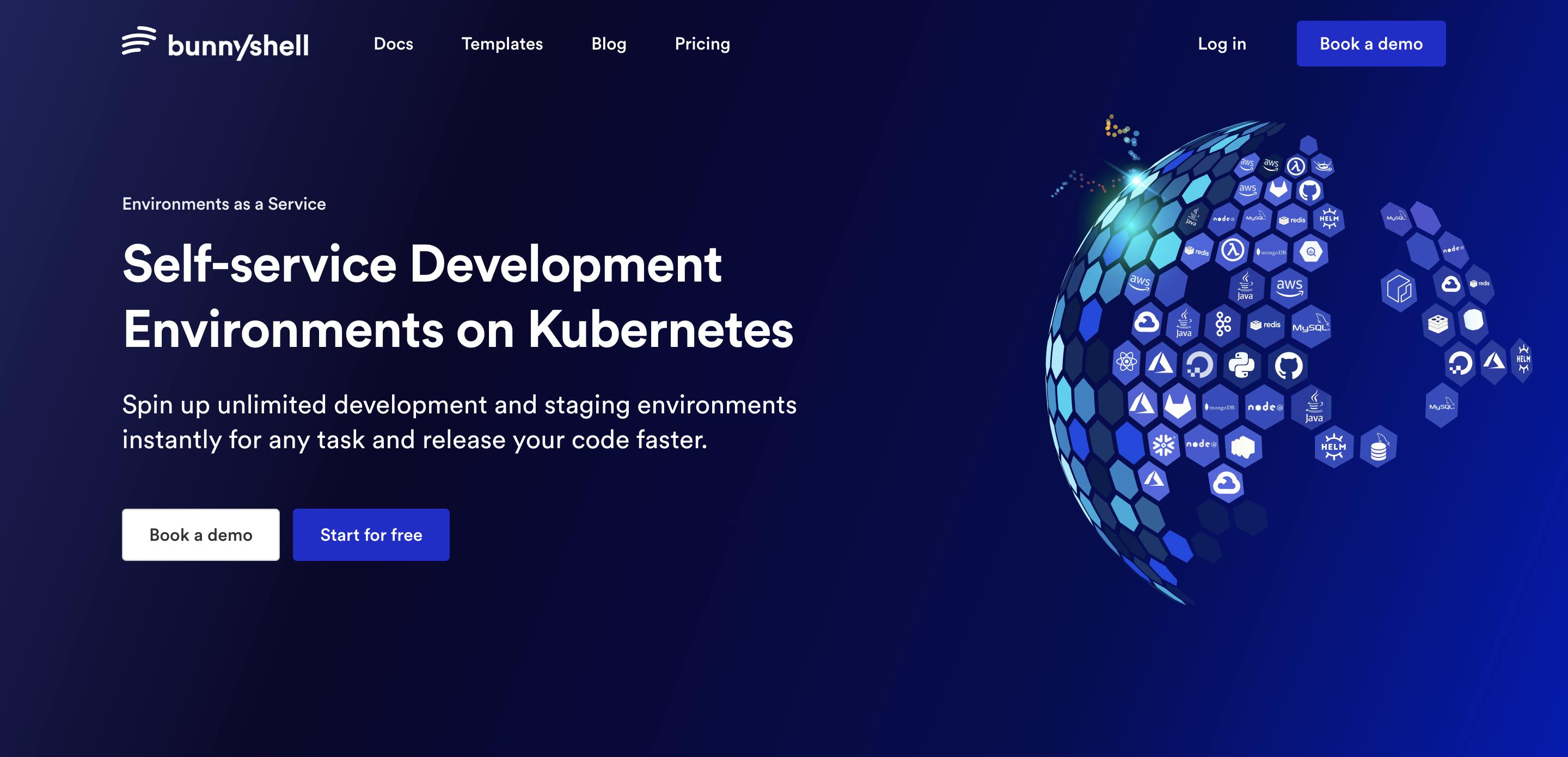
Bunnyshell's forte lies in resource optimization within ephemeral environments, offering cost-efficient solutions. Its integration capabilities and developer-friendly interfaces make it a viable option for teams seeking scalability in ephemeral setups. Bunnyshell's intuitive dashboard and one-click deployment enhance its user appeal among development teams, focusing on rapid iterations.
#5. Uffizzi

Uffizzi excels in compatibility and integrations, fostering seamless collaboration across different tools and platforms within ephemeral environments. Its emphasis on performance monitoring and logging enhances the visibility and control for developers. Uffizzi's ability to create and manage multiple ephemeral environments simultaneously makes it a versatile solution for complex development workflows.
#6. Loft
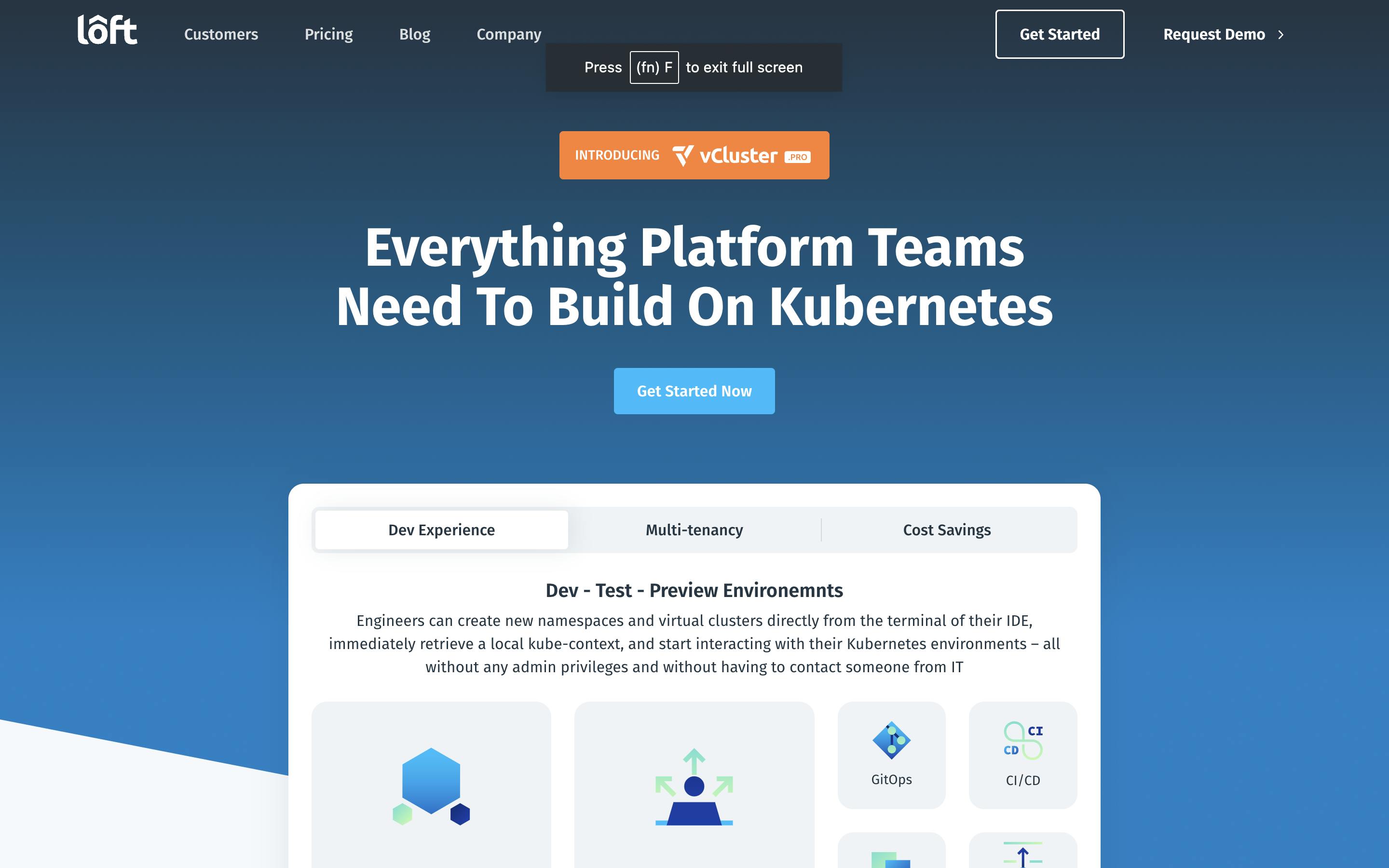
Loft places a premium on isolation and security within ephemeral environments, ensuring strict segregation between environments and fortifying them against potential vulnerabilities. Its compliance-oriented approach caters well to regulated industries' needs. Loft's container-based approach and Kubernetes integration offer developers a robust and scalable platform for managing ephemeral environments efficiently.
#7. Coherence

Coherence prioritizes compliance and governance within ephemeral environments, providing a robust framework for ensuring adherence to industry-specific regulations. Coherence's focus on audit trails and access controls makes it a good choice for enterprises operating in highly regulated sectors.
#8. Garden
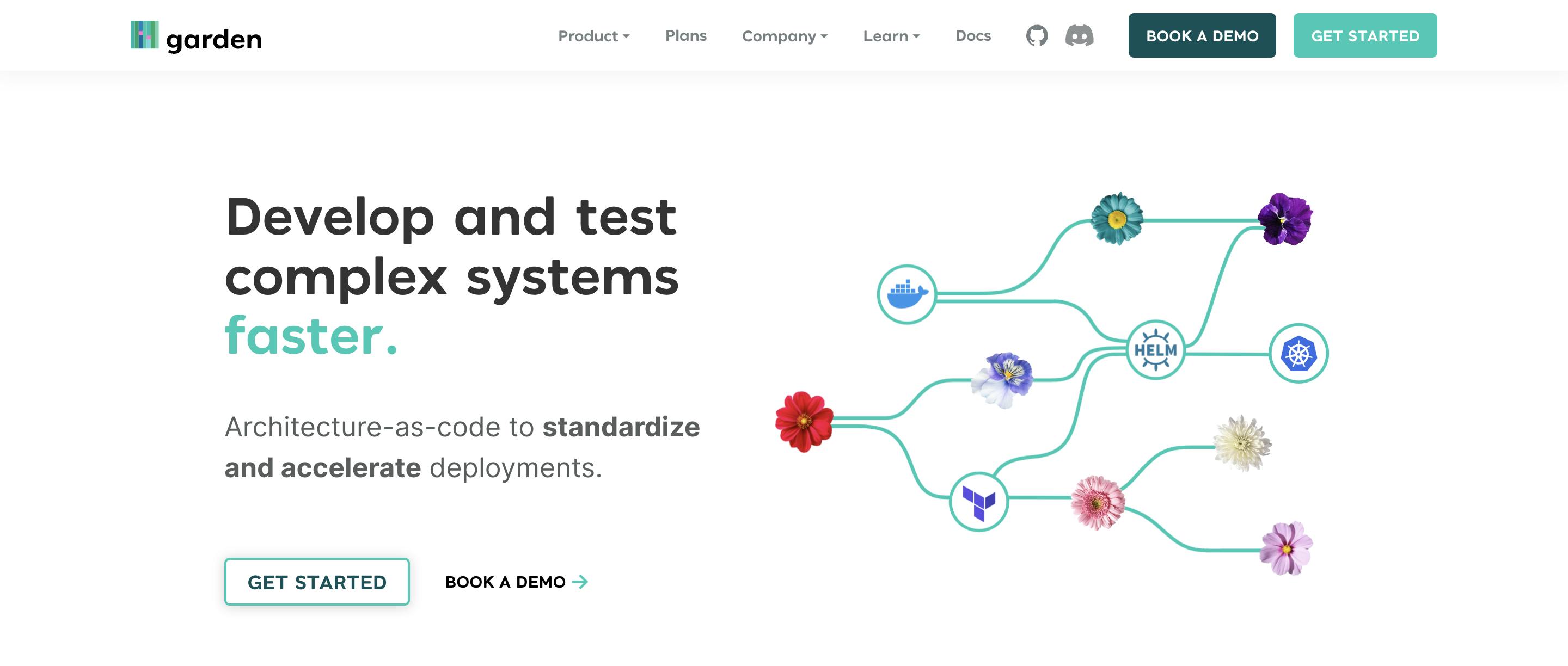
Garden's strength lies in comprehensive documentation and support, empowering developers with extensive guidance and assistance within ephemeral environments. Its commitment to knowledge sharing enhances its appeal to the developer community. Garden's emphasis on infrastructure as code simplifies environment provisioning, enabling teams to spin up and tear down ephemeral environments rapidly.
#9. Okteto
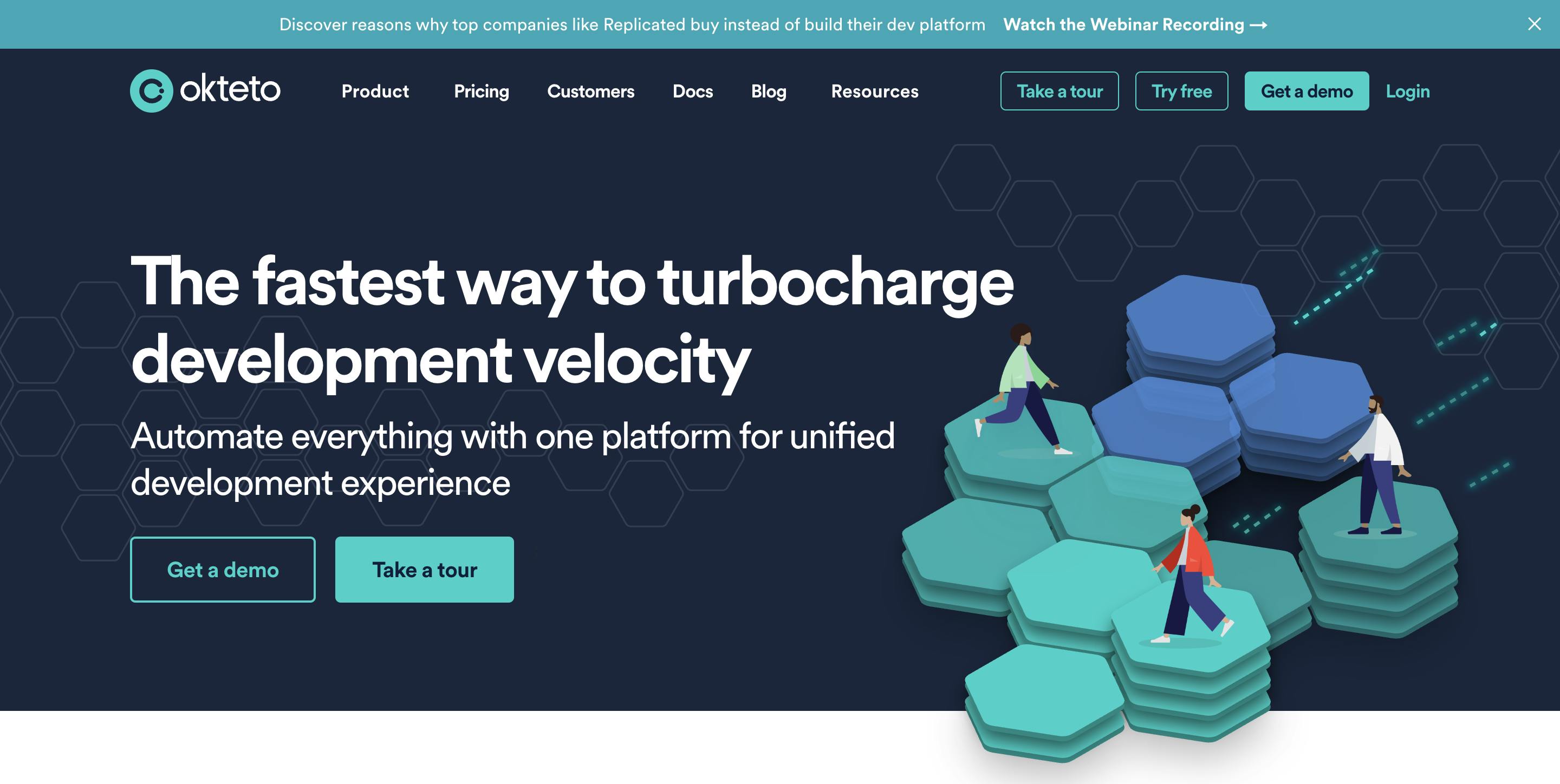
Okteto emphasizes ease of use within ephemeral environments, simplifying deployment and management processes. Its user-friendly interface and scalability options cater to diverse development teams. Okteto's ability to provide real-time development environments that mirror production allows for quick iterations and faster feedback loops for developers.
#10. Port
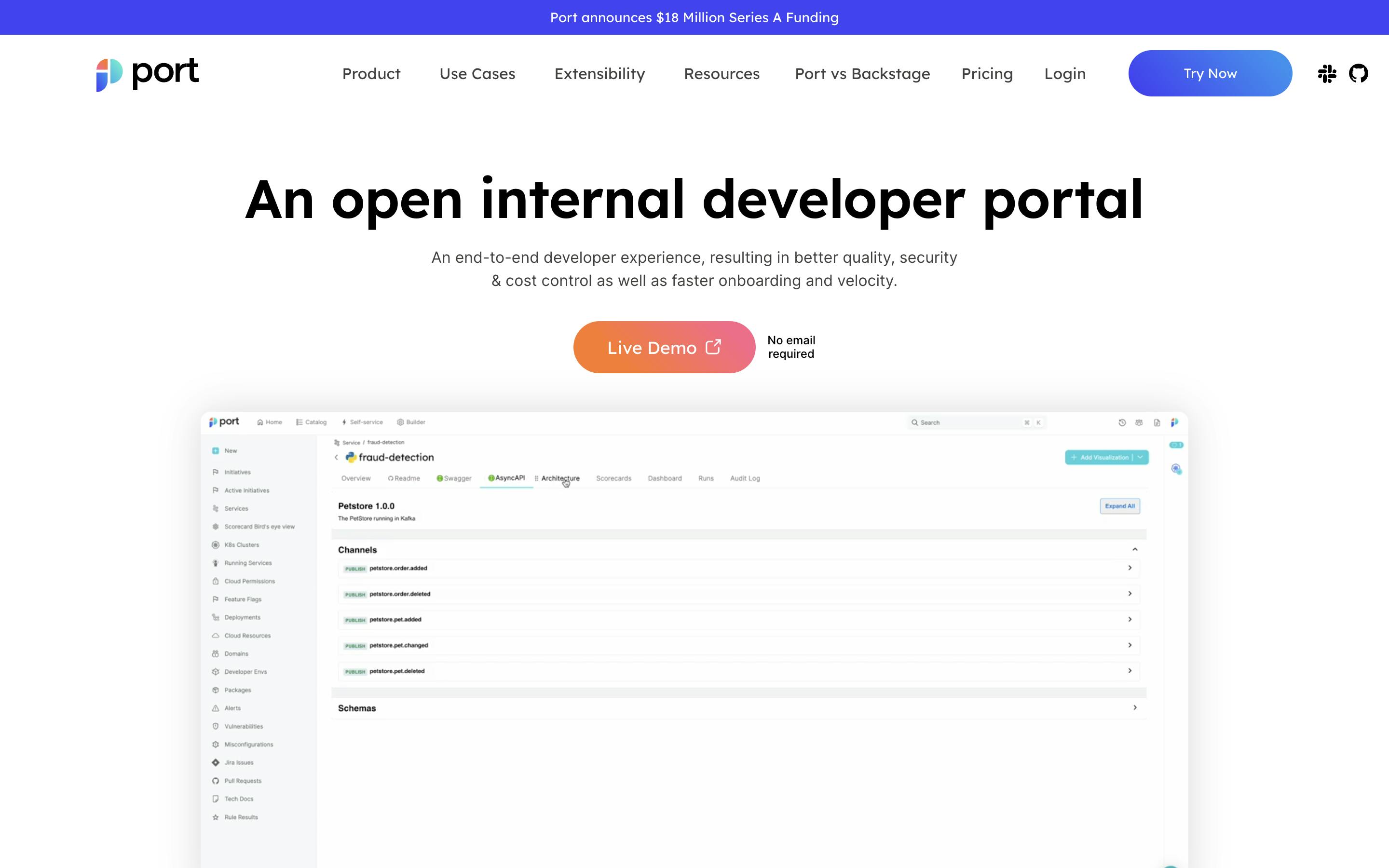
Port focuses on use case suitability within ephemeral environments, providing tailored solutions for specific development scenarios. Its cost-effectiveness and adaptive features make it a compelling choice for niche projects. Port's intuitive UI and straightforward setup make it an attractive option for small to medium-sized teams looking for hassle-free ephemeral environment management.
#Checklist for Evaluating Ephemeral Environment Solutions
- Developer Experience and Team Adoption
- Does the solution offer an intuitive user interface and workflow that promotes ease of use?
- How quickly can team members onboard and start utilizing the ephemeral environments?
- Are there features or tools that facilitate collaboration among team members within these environments? - Flexibility & Customization
- To what extent can the environments be customized to mirror production configurations?
- Does the solution allow for easy adjustment of resources based on varying development needs?
- Are there options for defining environment setups tailored to specific project requirements? - Resource Optimization
- How does the solution optimize resource allocation within ephemeral environments?
- Is there automation in scaling resources up or down based on usage demands?
- Are there features that prevent resource wastage or bottlenecks within environments? - Cost Efficiency
- How does the solution affect overall operational costs when utilizing ephemeral environments?
- Are there clear pricing structures that align with usage and team size?
- Are cost-saving measures in place without compromising performance? - Compatibility & Integrations
- What integrations does the solution offer with existing development tools and workflows?
- Is there seamless compatibility with version control systems, CI/CD pipelines, or other essential tools?
- How easily does the solution fit into the organization's existing tech stack? - Documentation & Support
- What level of documentation is available for setup, troubleshooting, and optimization
- Are there support channels, such as documentation, live chat, or dedicated support teams?
- How comprehensive and accessible is the support provided by the solution? - Performance Monitoring & Logging
- How does the solution facilitate monitoring and logging of ephemeral environment performance?
- Are there real-time monitoring tools available for tracking environment behavior and bottlenecks?
- Can developers access detailed logs for debugging and analysis purposes? - High Availability & Reliability
- What measures are in place to ensure minimal downtime within ephemeral environments?
- Is there redundancy or failover mechanisms to maintain uptime and availability?
- How reliable is the solution in consistently providing accessible and stable environments? - Isolation & Security-
- How does the solution ensure the isolation of environments to prevent interference between different instances?
- What security measures are in place to safeguard data and prevent unauthorized access?
- Are there encryption or access control features to protect sensitive information within environments? - Compliance & Governance
- Does the solution adhere to industry-specific compliance standards and regulations
- Are there features that facilitate compliance reporting or auditing within ephemeral environments?
- How does the solution address governance requirements concerning data privacy and security? - Vendor Reputation & Roadmap
- What is the track record of the vendor in delivering reliable solutions and supporting customers?
- Is there transparency regarding the future development and enhancement roadmap of the solution?
- Does the vendor showcase commitment to continuous improvement and innovation?
Evaluating ephemeral environment solutions against these key criteria ensures a comprehensive assessment aligned with organizational needs and preferences.
#Conclusion
The importance of selecting the right ephemeral environment solution cannot be overstated. Optimizing software development through these solutions not only expedites delivery but also enhances overall efficiency and reliability. Leveraging these solutions in 2024 and beyond is pivotal for organizations striving for excellence in their development practices.
Embarking on the journey to explore and experience the power of a particular solution, such as Qovery, through a trial or sign-up process can provide firsthand insight into these ephemeral environment solutions' transformative capabilities.
Your Favorite DevOps Automation Platform
Qovery is a DevOps Automation Platform Helping 200+ Organizations To Ship Faster and Eliminate DevOps Hiring Needs
Try it out now!

Your Favorite DevOps Automation Platform
Qovery is a DevOps Automation Platform Helping 200+ Organizations To Ship Faster and Eliminate DevOps Hiring Needs
Try it out now!
